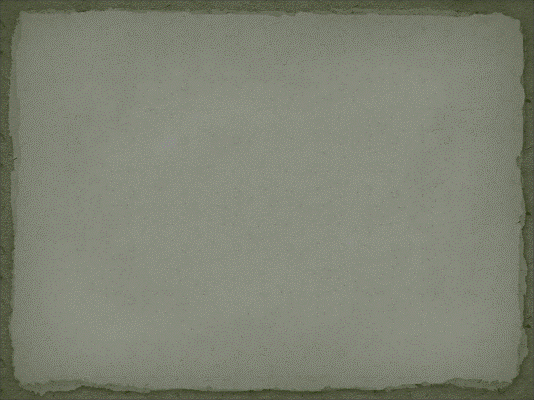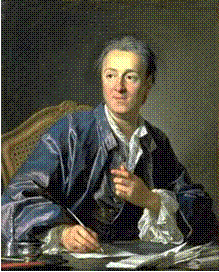
•Denis Diderot and Jean Le Rond d’Alembert
•Banned by the
Catholic Church
•By the time
the Encyclopédie finally
reached completion, it contained nearly 72,000 articles accompanied by numerous illustrations.

Encyclopédie editor Denis Diderot
